What You Need to Know When Traveling to Italy. Discover essential tips and insights for a smooth journey to Italy. From culture to cuisine, elevate your travel experience in this beautiful country.What essential information should travelers consider when planning a trip to Italy? This question resonates with both seasoned travelers and those embarking on their first international journey. Traveling to Italy, a country rich in culture, history, and culinary delights, encompasses a myriad of considerations that can enhance the experience significantly.
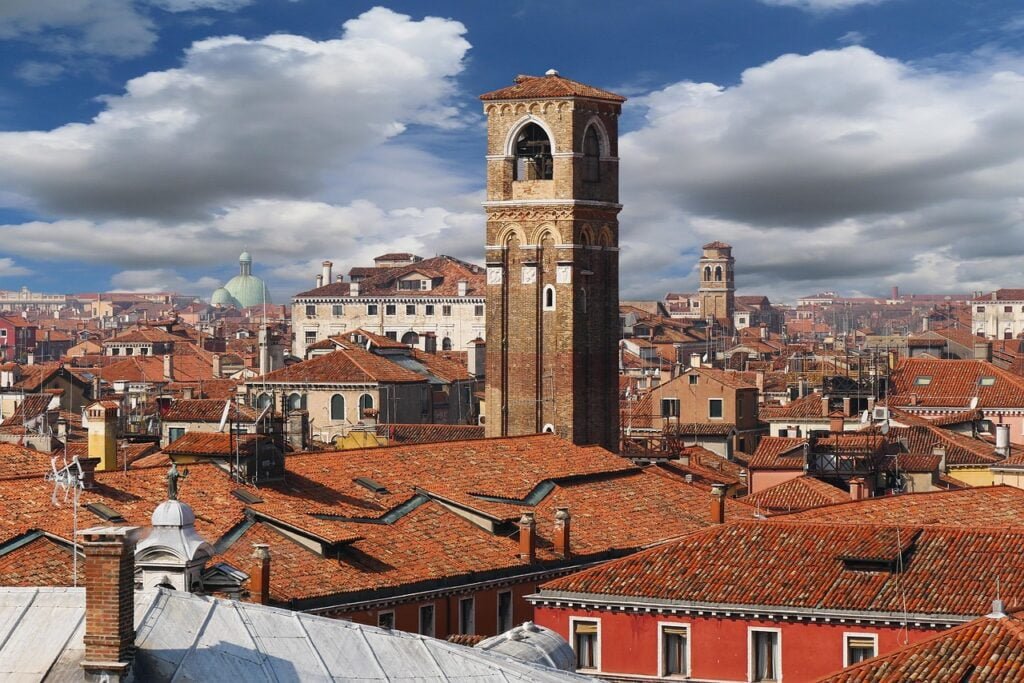
This image is property of pixabay.com.
Table of Contents
Overview of Traveling to Italy
Traveling to Italy is often seen as a dream for many. The country’s scenic landscapes, historical landmarks, and diverse culinary offerings create an irresistible allure. However, understanding the nuances of Italian culture, travel logistics, legal requirements, and regional differences is crucial to ensure a smooth and enjoyable visit.
The significance of this article lies in its comprehensive overview of factors to consider when traveling to Italy. By examining historical contexts, current trends, key concepts, and practical tips, it provides travelers with a solid foundation for their Italian adventure.
Historical Context
Italy’s rich and varied history stretches back thousands of years, forming one of the cornerstones of Western civilization. The Roman Empire, which emerged around the 1st century BC, established systems of law, governance, and architectural innovation that continue to influence modern society. Italy has seen the rise and fall of renowned city-states, from Florence and Venice during the Renaissance to the unification of Italy in the 19th century.
Understanding this historical backdrop enhances a traveler’s appreciation of the myriad cultural treasures scattered throughout the country, from the ruins of ancient Rome to the masterpieces of the Renaissance in Florence.
Current Trends in Italian Tourism
As of 2023, trends in Italian tourism reflect an increasing preference for deeper cultural experiences and sustainable travel choices. Many travelers are seeking authenticity, engaging with local traditions, and favoring off-the-beaten-path locations over typical tourist hotspots. This shift is evident in the rise of agriturismo (farm stays), culinary experiences, and immersive workshops focused on traditional crafts.
Moreover, post-pandemic travel has led to a heightened awareness of health and safety protocols, with travelers considering factors such as outdoor dining, smaller group tours, and flexible booking options.
Key Concepts and Definitions
Understanding a few key concepts is essential for navigating the complexities of travel in Italy:
- Dolce Vita: This phrase, meaning “sweet life,” embodies the Italian approach to enjoying life’s pleasures, from food and wine to leisurely strolls through picturesque streets.
- La Passeggiata: This evening ritual of strolling through local neighborhoods is a cherished custom among Italians, providing an opportunity to socialize and enjoy the ambiance.
- Sagra: These local festivals celebrate regional cuisine and culture, providing a delightful blend of community spirit and gastronomic exploration.
Grasping these concepts can significantly enhance the travel experience, allowing for more meaningful interactions and an appreciation of local customs.
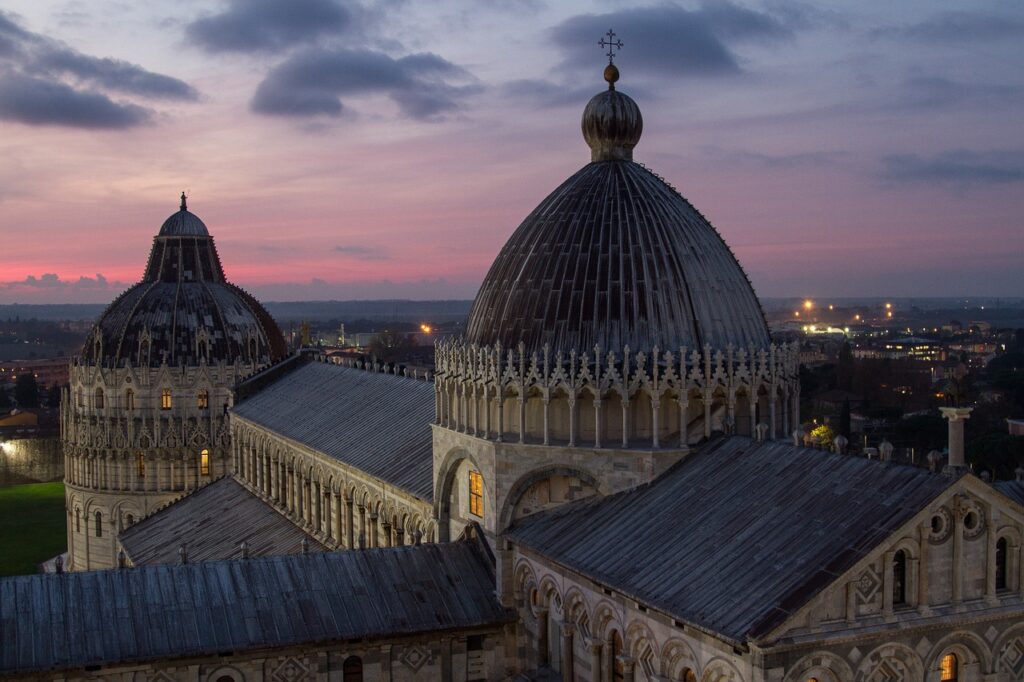
This image is property of pixabay.com.
Practical Travel Tips
Documentation and Entry Requirements
Travelers should ensure they have the necessary documentation before heading to Italy. A valid passport is required for entry, and some nationalities require a visa. It is advisable to check the latest entry requirements on official government websites.
Currency and Payment Methods
Italy uses the Euro (€) as its currency. Credit and debit cards are widely accepted; however, it is prudent to carry some cash, especially in rural areas or smaller establishments. ATMs are prevalent, and currency exchange services can be found in major cities.
Language and Communication
While English is spoken in tourist areas, a basic understanding of Italian phrases can enhance interactions with locals. Simple greetings, such as “Buongiorno” (Good morning) and “Grazie” (Thank you), go a long way toward fostering goodwill.
Transportation Options
Navigating Italy can be accomplished through various transportation options:
- Trains: Italy boasts an extensive and efficient train network, making it easy to connect between cities. Travelers can consider purchasing a Eurail pass for greater flexibility.
- Buses: Local and regional buses are available, often serving areas less accessible by train.
- Car Rentals: For those looking to explore the countryside, renting a car provides freedom. However, familiarity with local driving laws is necessary.
Food and Dining Etiquette
Italian cuisine is celebrated worldwide. To fully appreciate it, understanding dining etiquette is essential. Meals generally consist of multiple courses, and it is customary to include an antipasto, followed by primo (pasta or rice), secondo (meat or fish), contorno (side dish), and dolce (dessert). Tipping is appreciated but not mandatory.
Regional Diversity
Italy’s regions offer distinct cultures and traditions. For instance, one can expect different culinary practices in Sicily versus Lombardy. Each region has specialties that warrant exploration, making it wise for travelers to research local customs.
Example 1: Culinary Experience
Consider the experience of a traveler visiting Bologna, known as the gastronomic capital of Italy. This traveler immersed herself in the local food scene by participating in a cooking class, learning to make traditional dishes like ragu alla Bolognese. Through this experience, she gained an appreciation for the region’s culinary heritage, understanding the significance of quality ingredients and traditional methods.
Relevance and Implications
Such experiences highlight the growing trend toward experiential travel within Italy, emphasizing deeper cultural engagement and showcasing how local specialties can be more enriching than merely dining out.
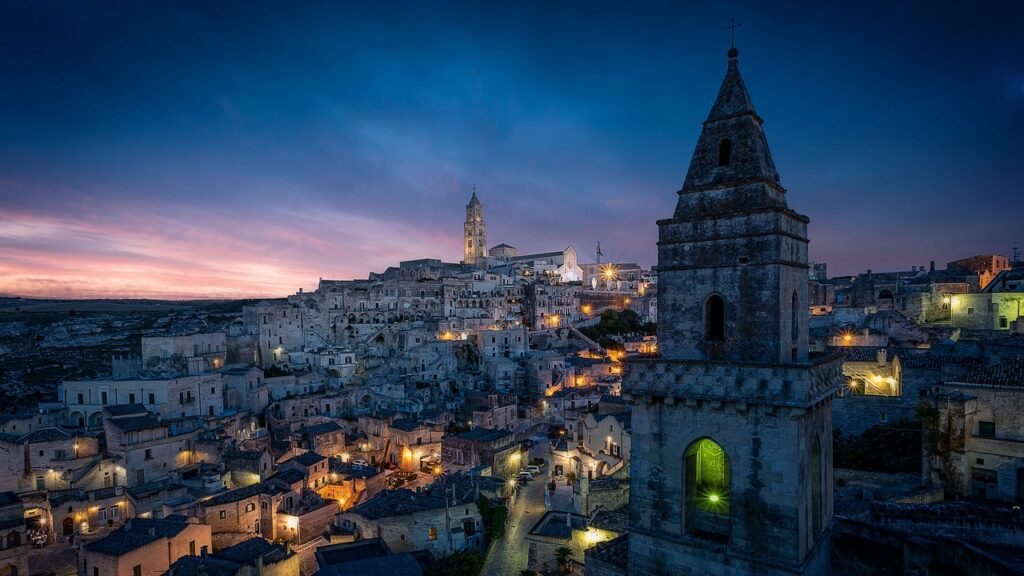
This image is property of pixabay.com.
Example 2: Cultural Immersion in Venice
Another traveler chose to explore Venice via a local tour guide specializing in art history. This choice revealed hidden gems of the city, tracing the lineage of renowned artists and their impact on Venetian culture. By engaging with the local expert, the traveler gained insights far beyond what guidebooks offered.
Implications for Travelers
This choice underscores the value of engaging with local expertise, ultimately resulting in a richer travel experience. It also illustrates a broader trend of travelers seeking personalized, informative experiences, making them feel more connected to the destinations they visit.
Compare Different Points of View
The following table outlines different perspectives regarding travel styles:
| Travel Style | Description | Pros | Cons |
|---|---|---|---|
| Group Tours | Organized travel with set itineraries | Convenience, guided experiences | Less flexibility, potential for commercialism |
| Independent Travel | Self-planned itineraries | Flexibility, personal exploration | Requires more planning and logistics |
| Culinary Travel | Focusing on local food experiences | In-depth exploration of cuisine, supports local economy | May be more expensive |
| Eco-Tourism | Sustainable travel practices focusing on environmental impact | Positive impact on communities, promotes conservation | Limited options, often requires advanced planning |
| Cultural Immersion | Engaging with local traditions and people | Personal connections, rich cultural experiences | Time-intensive, may require language proficiency |
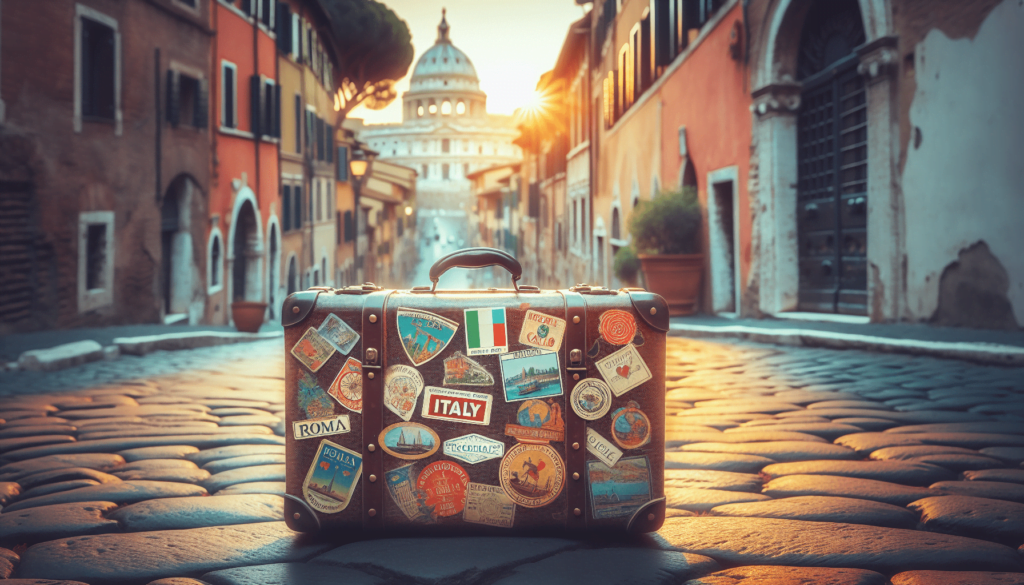
Impact Assessment
Evaluating these travel styles reveals diverse experiences that cater to different preferences, showcasing the varying impacts they have on local communities and environments. Eco-tourism, for instance, promotes sustainability but may require travelers to engage more deeply with local practices. On the other hand, group tours often inject money into economies but can be less sensitive to cultural nuances.
Future Directions in Italian Tourism
Predictions
Moving forward, the trend of experiential and sustainable travel is expected to continue gaining momentum. As travelers become more conscientious about their impact, Italy may see an increase in small, locally-owned businesses thriving alongside established tourist attractions.
Implications for the Industry
This shift may lead to a recalibration within the tourism industry, prompting more organizations to adopt sustainable practices. For instance, small agriturismos could offer unique culinary experiences, and local tour operators might focus on authentic experiences that showcase Italy’s diverse cultures.
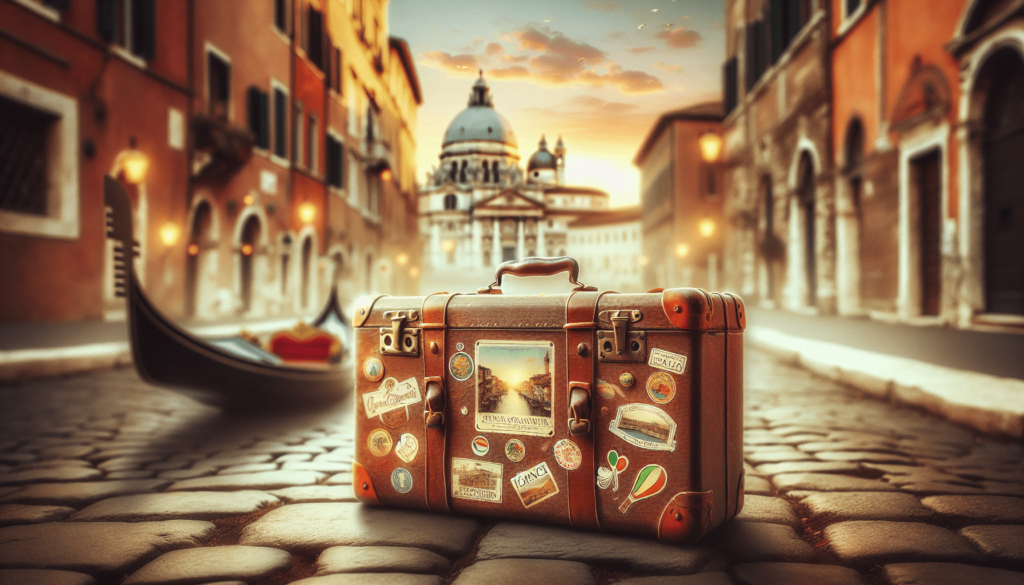
Conclusion
In summary, traveling to Italy presents a wealth of opportunities for cultural immersion, gastronomic exploration, and historical appreciation. Understanding the historical context, current trends, and practical travel tips can greatly enhance the overall experience.
Through engaging with local traditions, enabling deeper connections, and contributing to sustainable practices, travelers can not only enrich their journeys but also ensure the longevity and vibrancy of Italy’s cultural treasures.
Final thoughts linger on the notion of enjoying the “dolce vita” while visiting this remarkable country. What unique experience is Italy waiting to share with travelers?
Engage
Readers are encouraged to dive deeper into the insights shared within this article, accessing further resources to maximize their travel experiences. As future adventures unfold, staying informed about best practices in sustainable and immersive travel will provide richer experiences in Italy and other destinations.
Credible Sources
- Italian National Tourist Board (ENIT). (2023). Travel Information.
- Eurail Group G.I.E. (2023). Train Travel in Italy: Your Guide.
- Ministry of Foreign Affairs and International Cooperation, Italy. (2023). Entry Requirements.
- Italian Trade Agency. (2023). Gastronomy and Tourism in Italy.
- Lonely Planet (2023). Expert Travel Tips for Italy.
7 Things To Know Before Traveling to Italy: From Planning to Packing
What Should I Know About The Etiquette Of Taking Photos In Different Cultures?
